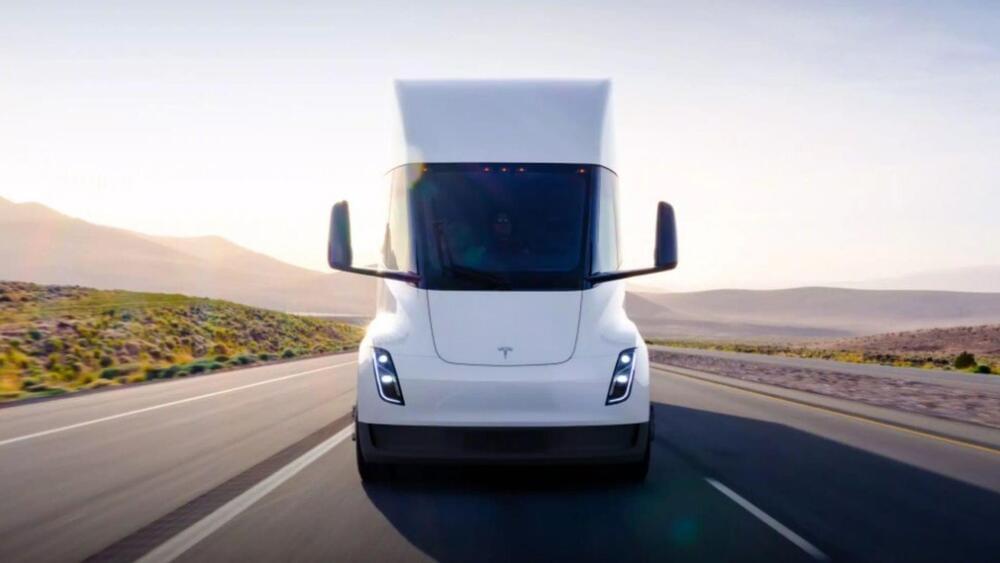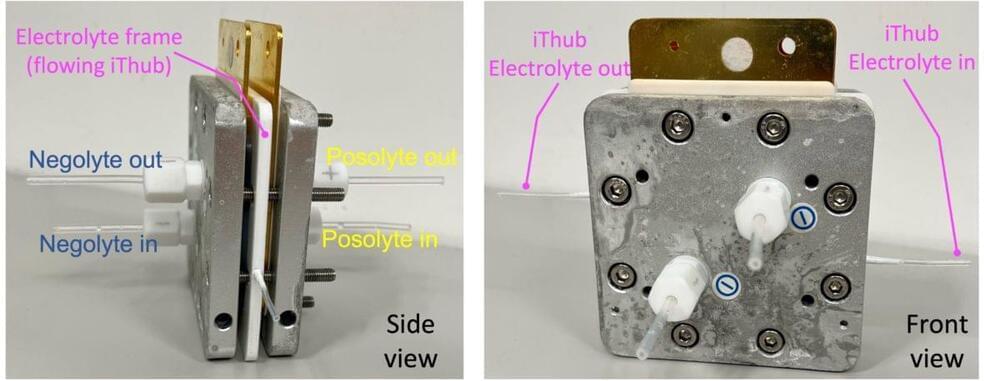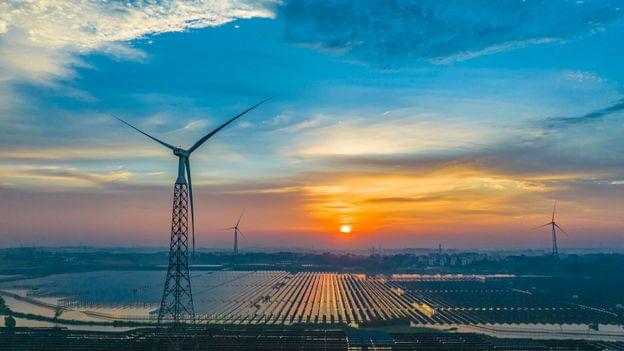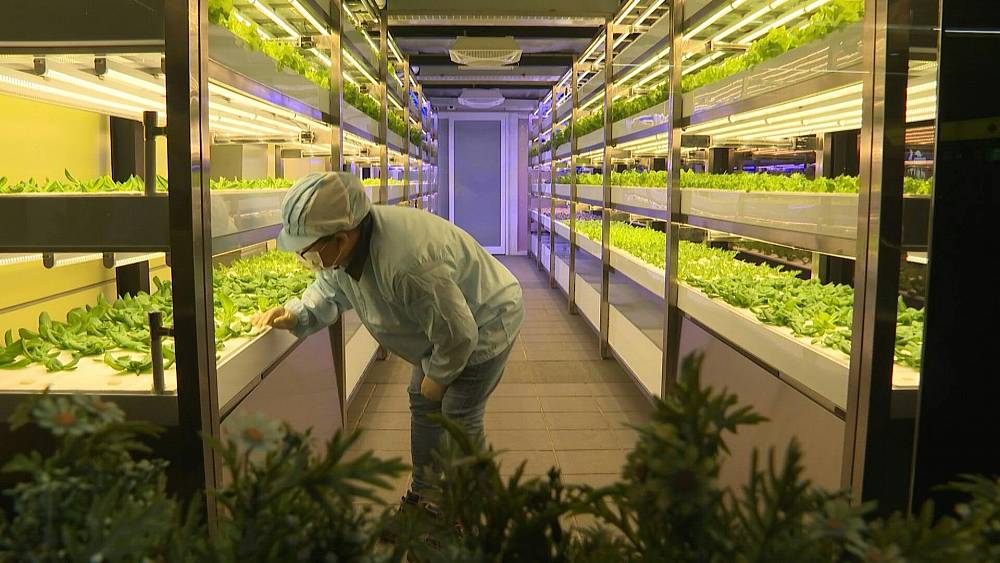Musk hasn’t specified how many trucks, the company can roll out.
The long wait for Tesla’s Semi Trucks may have finally come to an end after CEO Elon Musk tweeted that the company would begin deliveries to Pepsi Co starting December this year.
Tesla and its investors must be hopeful that the Semi Truck will herald a new age in electric trucking just as the company’s sedans did for the passenger vehicle segment. Owning a Tesla has been a matter of pride for many who took the plunge into electric vehicles way before governments could even think of electric vehicle sale mandates.
Since its unveiling in 2017, Tesla has been calling the Semi the future of trucking and has promised a whole new electrically powered beast. Here’s what Semi owners can expect with this fully electric truck.








